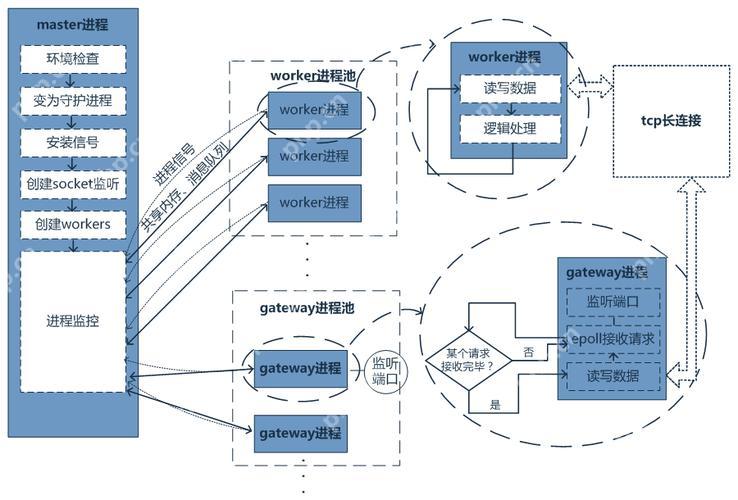在thinkphp5中,跳转地址是一个非常常见的需求。本文将介绍如何在thinkphp5中进行页面跳转。
在ThinkPHP5中,有两种方式可以实现页面跳转。
方式一:使用跳转助手函数
跳转助手函数通过 redirect() 实现页面跳转。redirect() 函数接受一个参数,即跳转地址。
1. 跳转到控制器中的方法
public function index() { // 跳转到Index控制器中的hello方法 return redirect('index/hello'); } public function hello() { return 'Hello, ThinkPHP5!'; }
2. 跳转到URL地址
public function index() { // 跳转到http://www.example.com/ return redirect('http://www.example.com/'); }
3. 带参数跳转
public function index() { // 跳转到Index控制器中的hello方法,并传递参数name return redirect('index/hello', ['name' => 'ThinkPHP5']); } public function hello($name) { return 'Hello, ' . $name . '!'; }
方式二:使用控制器基类的 redirect 方法
ThinkPHP5中的控制器基类(Controller)中提供了 redirect() 方法来实现页面跳转。这种方式比使用跳转助手函数更加灵活。
1. 跳转到控制器中的方法
use thinkController; class Index extends Controller { public function index() { // 跳转到Index控制器中的hello方法 return $this->redirect('hello'); } public function hello() { return 'Hello, ThinkPHP5!'; } }
2. 跳转到URL地址
use thinkController; class Index extends Controller { public function index() { // 跳转到http://www.example.com/ return $this->redirect('http://www.example.com/'); } }
3. 带参数跳转
use thinkController; class Index extends Controller { public function index() { // 跳转到Index控制器中的hello方法,并传递参数name return $this->redirect('hello', ['name' => 'ThinkPHP5']); } public function hello($name) { return 'Hello, ' . $name . '!'; } }
© 版权声明
文章版权归作者所有,未经允许请勿转载。
THE END

















